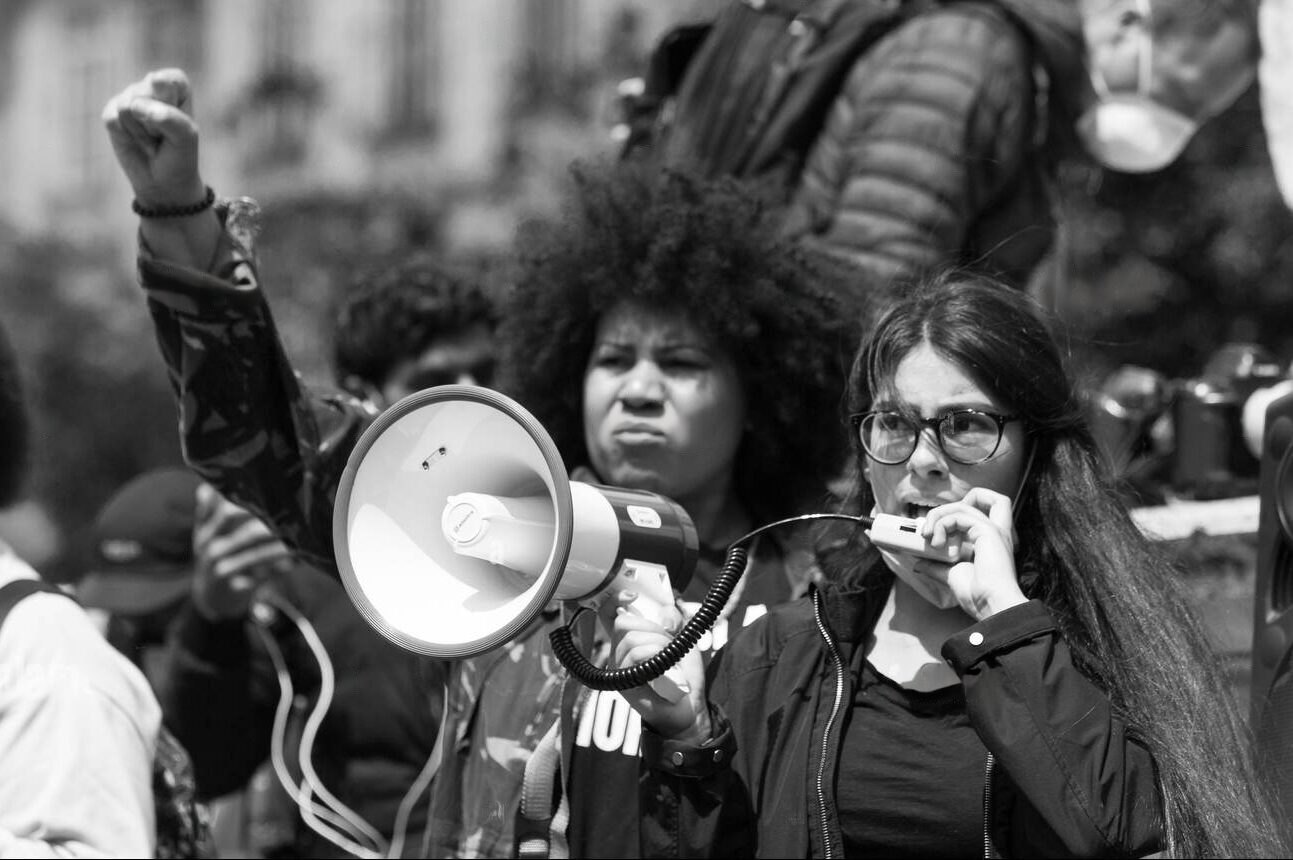In the face of tighter regulations on age, employment rights, and eligibility requirements, international students protest Australia’s 485 visa amendments and call for reasonable transition periods.
International Students Demand Fairness in Visa Reforms
International students are worried about their future in Australia in light of recent revisions to the country’s immigration regulations. Students nationwide staged a series of demonstrations under the theme “You Need Us!” to raise awareness of their concerns about being forced to leave their country because of new limitations on the 485 Temporary Graduate Visa. They contend that the government’s changing immigration policy unfairly singles them out and that these visa revisions could upend their personal and professional life.
Changes to the 485 Visa: What’s Different?
Stricter qualifying restrictions for the well-liked 485 Temporary Graduate Visa have been implemented by the federal government’s most recent migration regulations, which went into effect on July 1. Previously, there were few limitations on the kinds of jobs, skill levels, and pay criteria for international students who were granted this visa, allowing them to remain and work in Australia for up to eight years after graduation.
The recent changes include:
1. Lowering the upper limit of eligibility from 50 to 35.
2. Higher standards for English competence.
3. limitations on transfers and renewals of visas.
4. Restricted work rights for some industries; only industries like technology and healthcare are allowed to work for longer periods of time.
About 20,000 students are anticipated to be impacted by these new regulations, many of whom may have to return to their home countries when their existing visas expire.
Protesters Call for a Transition Period
Students staged “Vigil of Hope” protests in major cities like Sydney, Melbourne, and Canberra in response to the changes. The government is being urged by protesters to grant those who currently possess or anticipate receiving 485 visas a fair transition time. Many are dissatisfied with what they see to be an abrupt and unfair change after being misled into thinking they could obtain necessary job experience in Australia.
Students contend that there are insufficient transitional provisions in the policy. The alleged absence of “grandfathering” clauses that would protect current visa holders or those who arrived prior to the announcement is of special concern to them. This group has made a strong case for a policy that honours their dedication to working and learning in Australia.
Experts Debate the Merits of the Reforms
The government’s move is a component of a larger migration policy that aims to increase the number of young, highly skilled migrants and decrease the number of temporary visas. By halting the pattern of people switching between temporary visas without finding long-term skilled work, the revisions aim to simplify the immigration system.
Experts in migration, however, have voiced differing opinions on the measures. Some contend that although the adjustments could guarantee a younger workforce and aid in meeting migration goals, they might also have unforeseen repercussions, such a rise in onshore asylum requests. Others warn that if these reforms are implemented too quickly, Australia’s standing as a study destination may suffer, which could turn off potential international students.
Impact on Australia’s Migration Landscape
Australia is working to reduce net migration at the same time as these visa reforms. Australia’s population reached 27.1 million in 2023–2024, according to government data, with 388,000 new migrants coming in the first nine months alone. Concerns over these high migration rates have led to tighter visa regulations, particularly the 485 visa. By making sure that immigrants fill important skill gaps and make a good contribution to the workforce, the government hopes to control this growth.
Restricting the work rights of overseas graduates, according to critics, may encourage them to choose less advantageous visa options. Sectors that depend on temporary graduates may have difficulties as a result, especially for positions that local workers are less likely to fill.
Future Uncertainty for Temporary Graduates
It’s unclear how holders of temporary graduate visas will adjust to the new environment in the future. By 2025, some graduates may find themselves in difficult situations due to a lack of options for visa renewals and the growing number of graduates who are confronting a “visa wall.” These students might not have access to opportunities for permanent residency or additional education, which could cause them to think about other options, such applying for asylum.
The community of overseas students in Australia is still fighting for laws that value their contributions and provide an equitable route to permanent residence. It is unclear how these policies will affect Australia’s migration and education sectors in the future, despite their calls for transparency and equity in the immigration process.


Leave a Reply